4 things the iPhone 16 Pro needs to beat the iPhone 15 Pro
Here’s what Apple can do to improve upon the iPhone 15 Pro
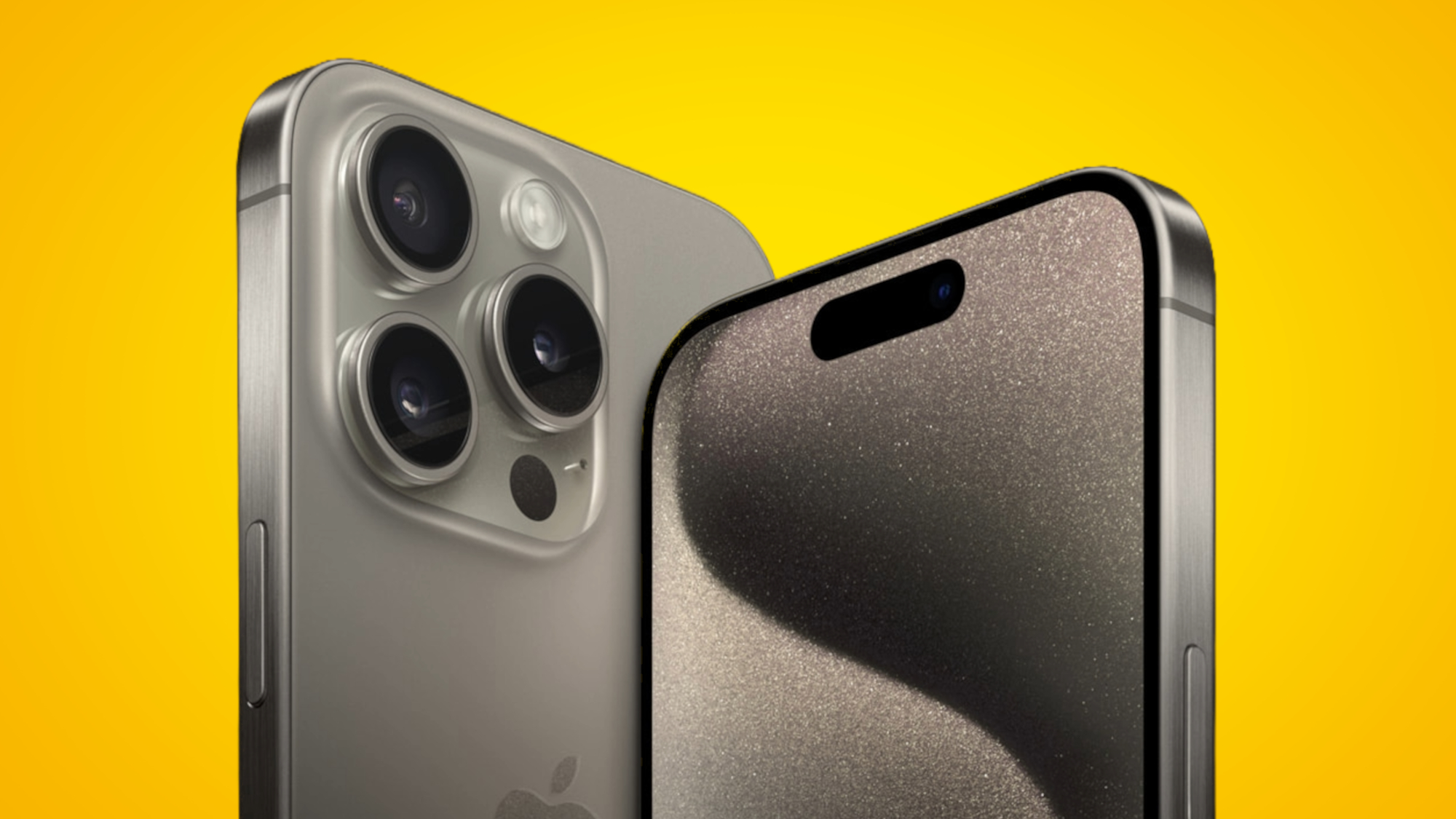
The next major Apple event is scheduled for September 9, and we expect to see full details of the rumored iPhone 16, iPhone 16 Plus, iPhone 16 Pro, and iPhone 16 Pro Max at the Cupertino-set showcase.
Many Apple fans will have their eyes on the next generation of the iPhone Pro and Pro Max, and will already be weighing up whether it’s worth upgrading from the iPhone 15 Pro or iPhone 15 Pro Max.
In our iPhone 15 Pro review and iPhone 15 Pro Max review, we found Apple's flagships to be class-leading phones with exceptional performance, great cameras, and gorgeous displays – which begs the question of what Apple can do to make this year’s best iPhones even better.
It's also worth remembering that Apple Intelligence is coming to the current generation of Pro iPhones, meaning Apple’s latest killer feature might not sell as many phones as if it were a next-generation exclusive.
So, if the iPhone 16 Pro and iPhone 16 Pro Max are to be worthwhile upgrades over the iPhone 15 Pro and iPhone 15 Pro Max, Apple needs to offer users some improvements in a few key areas.
A bigger battery with faster charging
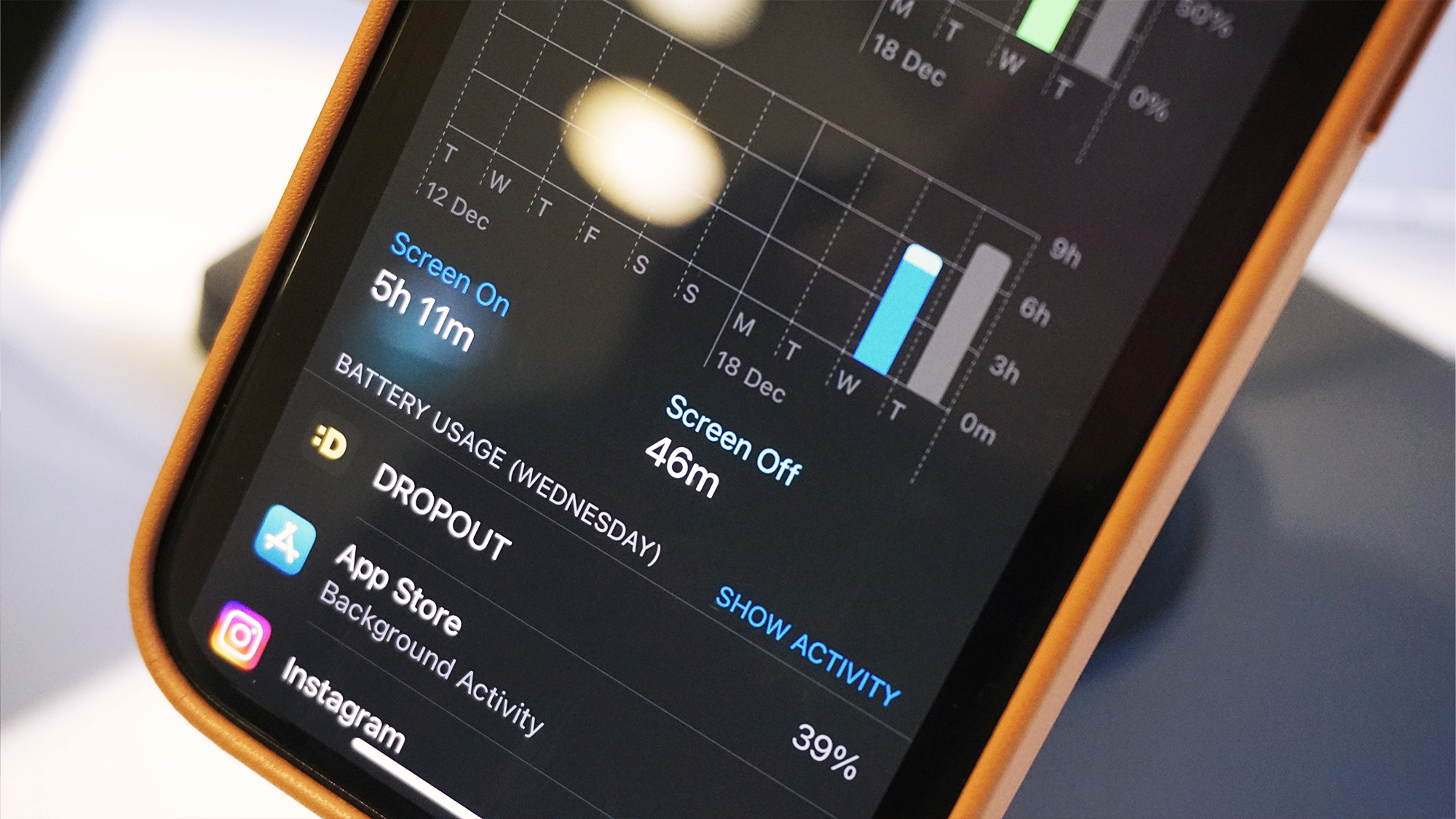
The iPhone 15 Pro and 15 Pro Max will get you through a day of normal use, but they aren’t exactly leading the pack when it comes to battery life.
Though Apple doesn’t share specifics when it comes to battery capacity, we found in our iPhone 15 Pro vs iPhone 15 Pro Max comparison that the iPhone 15 Pro has a capacity of 3,274mAh and the Pro Max has a capacity of 4,441mAh. The iPhone 16 Pro and iPhone 16 Pro Max are expected to increase these capacities very slightly, to 3,355mAh and 4,676mAh respectively.
Get daily insight, inspiration and deals in your inbox
Sign up for breaking news, reviews, opinion, top tech deals, and more.
Meanwhile, Apple’s competitors are flying away in terms of battery capacity – the Samsung Galaxy S24 Ultra holds a 5,000mAh battery, while Google openly estimates that the Pixel Pro 9 XL holds around 5,060mAh of charge. The Oneplus 13, by comparison, is rumored to launch with an enormous 6,000mAh battery.
Apple’s A17 Pro chip is notably efficient, but neither the iPhone 15 Pro or iPhone 15 Pro Max could beat the “astounding” battery life of the lower-priced iPhone 15 Plus.
However, AI-centric workloads and features are known to be power-hungry, so Apple will either need to add more battery capacity or work out some slick optimization to make sure Apple Intelligence doesn’t incur too much of a screen-time penalty.
Capacity is only one side of the story, though. Currently, iPhones support an absolute maximum power intake of 27W, meaning those batteries charge slower than those in rival phones. For comparison, the Samsung S24 Ultra ships with a 45W charging brick, whereas the Google Pixel 9 Pro XL can handle 37W.
If a rather sketchy Weibo leak is to be believed, the iPhone 16 Pro and Pro Max will indeed support 40W fast charging. But it might be wise to hold celebrations until a more reliable source, or Apple itself, can confirm the upgrade.
Noticeably faster performance
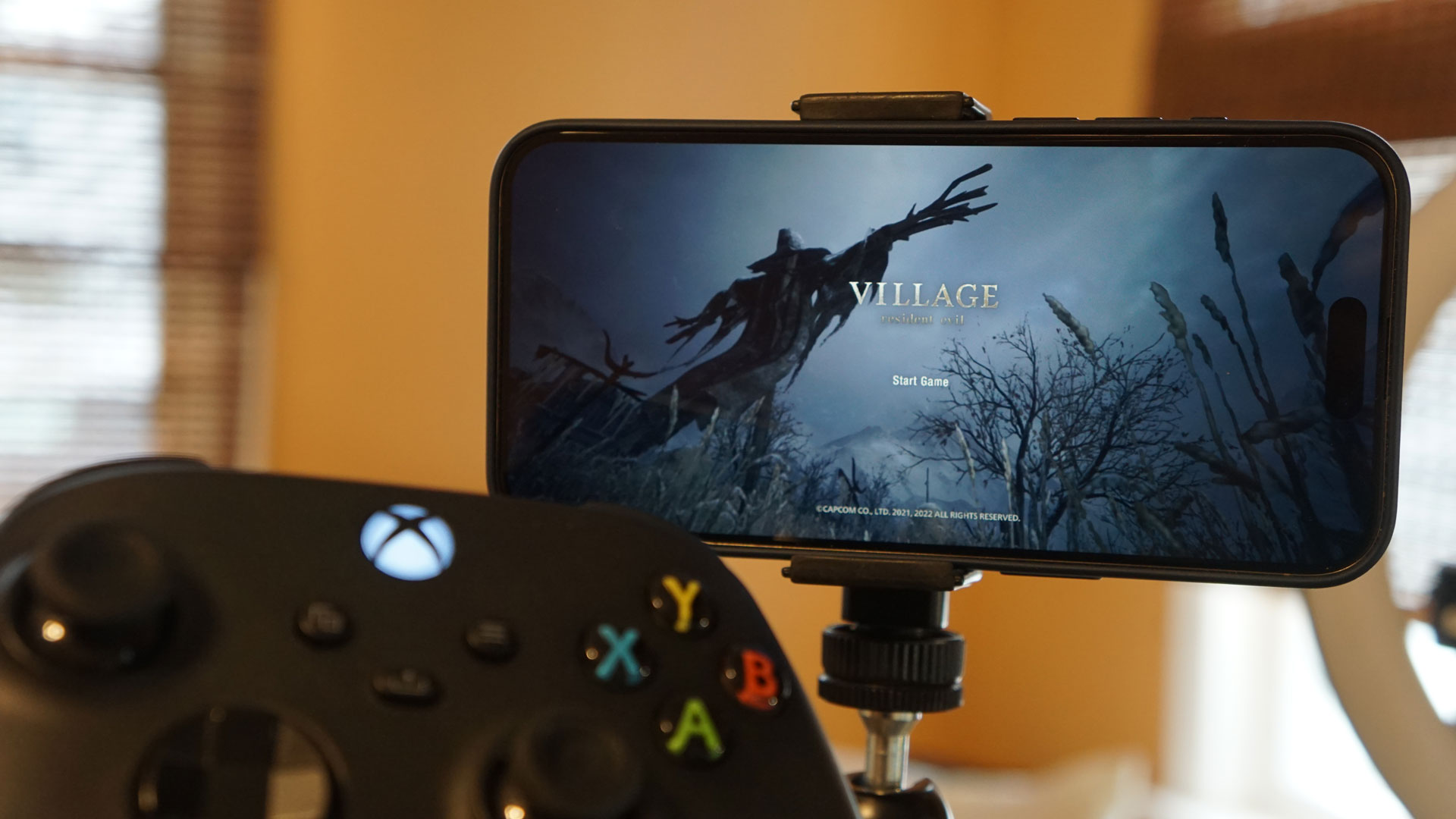
As mentioned, Apple Intelligence is coming to the current-generation iPhone 15 Pro and Pro Max, which are both equipped with the A17 Pro system-on-chip.
For the rumored ‘A18 Pro’ to make its mark, we’ll need to see genuine performance gains with regard to either new AI features or established benchmarks.
This could be a challenge considering the excellent performance of the current Pro iPhones. It’s hard to point to specific issues with their general performance, but faster load times, better power efficiency, and the ability to have more apps open would be welcome.
Gaming is one area where the iPhone still has space to grow. Apple has overseen the porting of console-native games like Assassin’s Creed Mirage and Resident Evil Village to iOS, but framerates and graphics aren’t quite up to speed with other platforms.
It would be crazy to ask the iPhone to run, say, Death Stranding as a PS5 would, but boosting gaming performance would be a sure-fire way to show off the power of the new SoC, even if customers aren’t really going for the iPhone-as-a-console premise.
Pro power parity
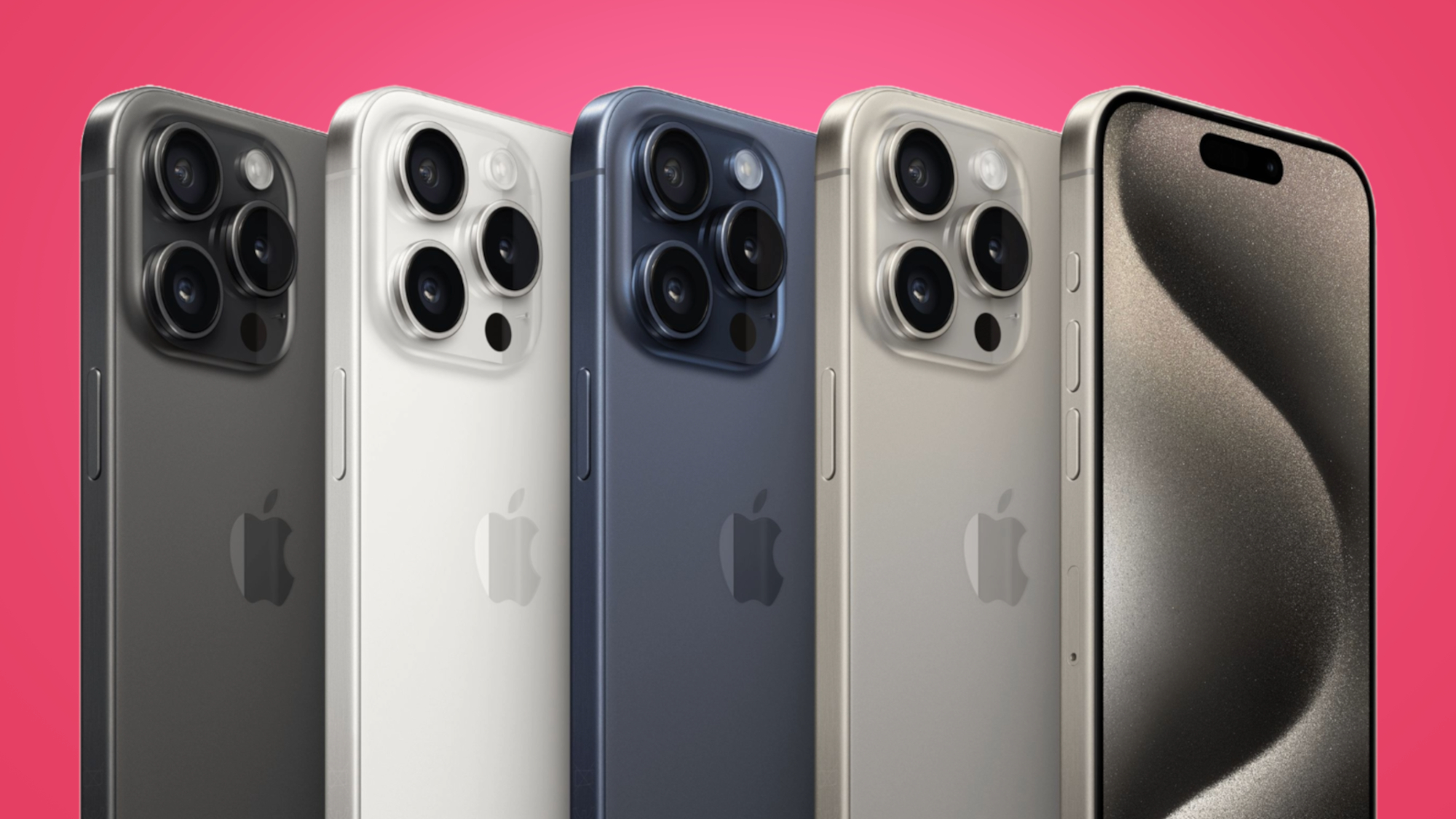
When Google launched the Pixel 9 Pro and Pixel 9 Pro XL, the company coined the tagline “Two sizes. Same Pro”, which, given the phones’ launch around a month before the expected iPhone 16 reveal date, feels like something of a dig at Apple.
Last year’s iPhone lineup saw Apple grant the iPhone 15 Pro Max an objectively more powerful camera system than the smaller iPhone 15 Pro. Specifically, the iPhone 15 Pro Max sported a 5x telephoto lens in its Pro Camera System, whereas the regular Pro carried the 3x lens forward from previous years.
It’s not a massive difference, but Apple can make it easier for mid-size format fans to stay on-side by showing its commitment to giving the smaller Pro iPhone the same specs as its bigger sibling.
As for the cameras overall, we expect to see a new 48MP ultra-wide camera and some other minor additions. Overall, the iPhone 15 Pro takes such fantastic pictures that we aren’t desperate for upgrades, besides maybe to the optical zoom reach.
Tough enough?
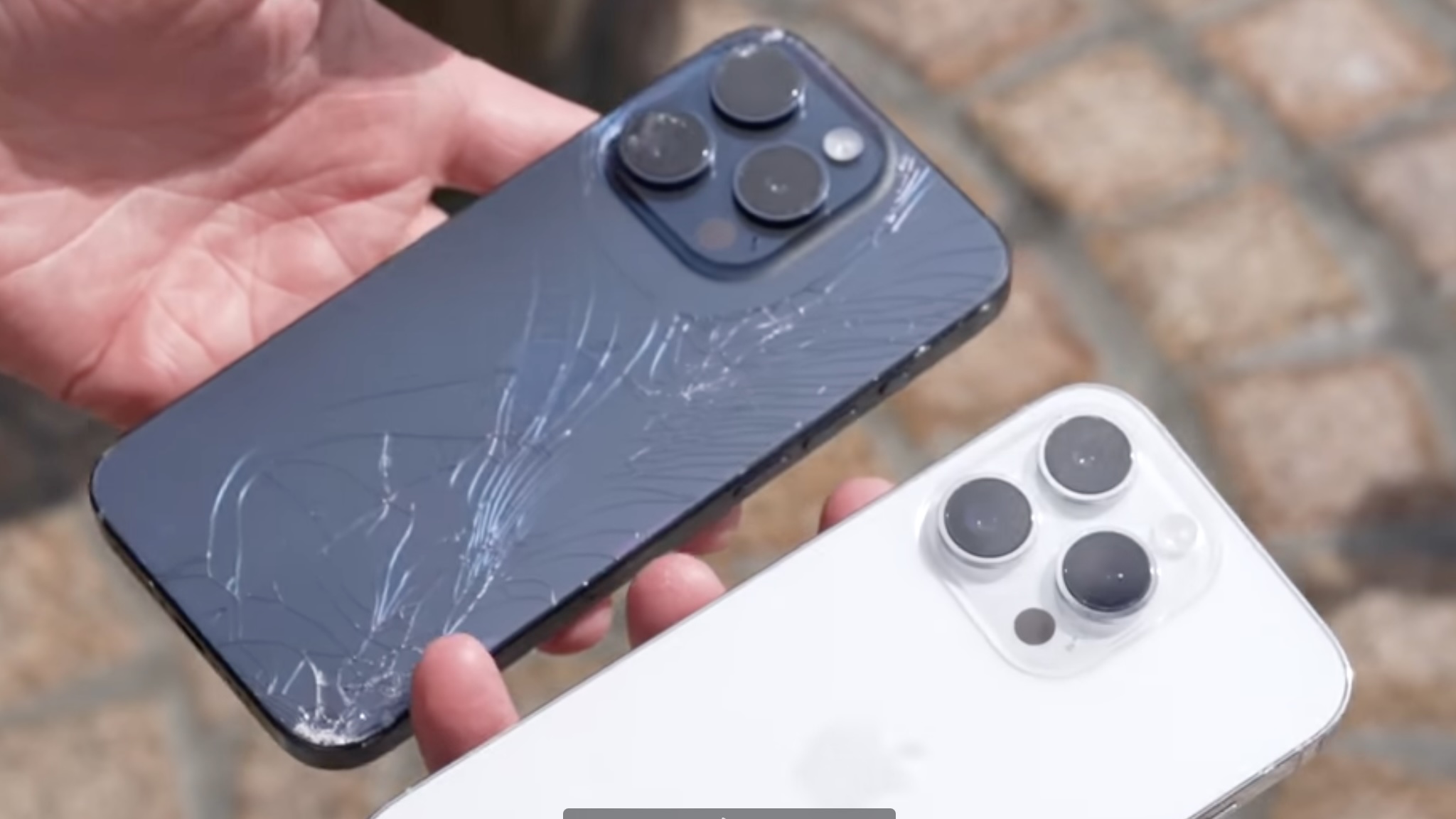
The iPhone 15 Pro and Pro Max did receive one major design update with the switch from an aluminum and stainless steel construction to a rounded titanium chassis. We found this made the phone more comfortable and usable, but soon after release other sources began to share durability concerns.
FStoppers reported that the iPhone 15 Pro didn’t hold up as well to scratches as its precursor, while YouTube reviewer JerryRigEverything put the iPhone 15 Pro through the channel’s infamous ‘bend test’, resulting in a shatter across the back of the chassis.
YouTube channel AppleTrack conducted a series of drop tests for the iPhone 15 Pro and iPhone 14 Pro, and found that the glass components of the iPhone 15 Pro were faster to break during drops.
It’s important to note that these aren’t conventional usage scenarios by any stretch of the imagination, and that these experiments are more experiential than scientific. Our testing process for phones does not include extreme durability tests unless we need to check a claim made by a manufacturer, such as water resistance.
Still, it’s not a great look for a product to fare worse durability-wise than its predecessor, and Apple may be wise to allay any concerns by upgrading the iPhone 16 Pro’s chassis or publishing some new testing information.
We don't expect a revolution
As with many phone families, the iPhone’s yearly upgrades have become more incremental over the years, though we still see major steps forward from time to time.
Cast your mind back to the iPhone 14 Pro and iPhone 14 Pro Max and the introduction of the Dynamic Island, the triple-camera system of the iPhone 11 Pro and Pro Max, or the totally overhauled design of the iPhone X.
This year’s iPhone 16 and iPhone 16 Pro Max are less likely to come with such major changes – we predict this year’s revision will be a measured update, as the iPhone 13 Pro was to the iPhone 12 Pro.
Mind you, they're still very likely to be contenders for the best phones, coming loaded with high-end tech and new software advancements, and we’re eager to put them through our rigorous review process as soon as possible.
That said, those waiting for massive design changes or greatly faster internals may want to hold out for a more major revision, or wait for a couple more years of incremental improvements.
We'll have all the news on the rumored iPhone 16 lineup as it's announced, so be sure to check out our iPhone 16 Pro and iPhone 16 Pro Max coverage.
You might also like

Jamie is a Mobile Computing Staff Writer for TechRadar, responsible for covering phones and tablets. He’s been tech-obsessed from a young age and has written for various news and culture publications. Jamie graduated from Goldsmiths, University of London in 2024 with a bachelor’s degree in Journalism. Since starting out as a music blogger in 2020, he’s worked on local news stories, finance trade magazines, and multimedia political features. He brings a love for digital journalism and consumer technology to TechRadar. Outside of the TechRadar office, Jamie can be found binge-watching tech reviews, DJing in local venues around London, or challenging friends to a game of Super Smash Bros. Ultimate.